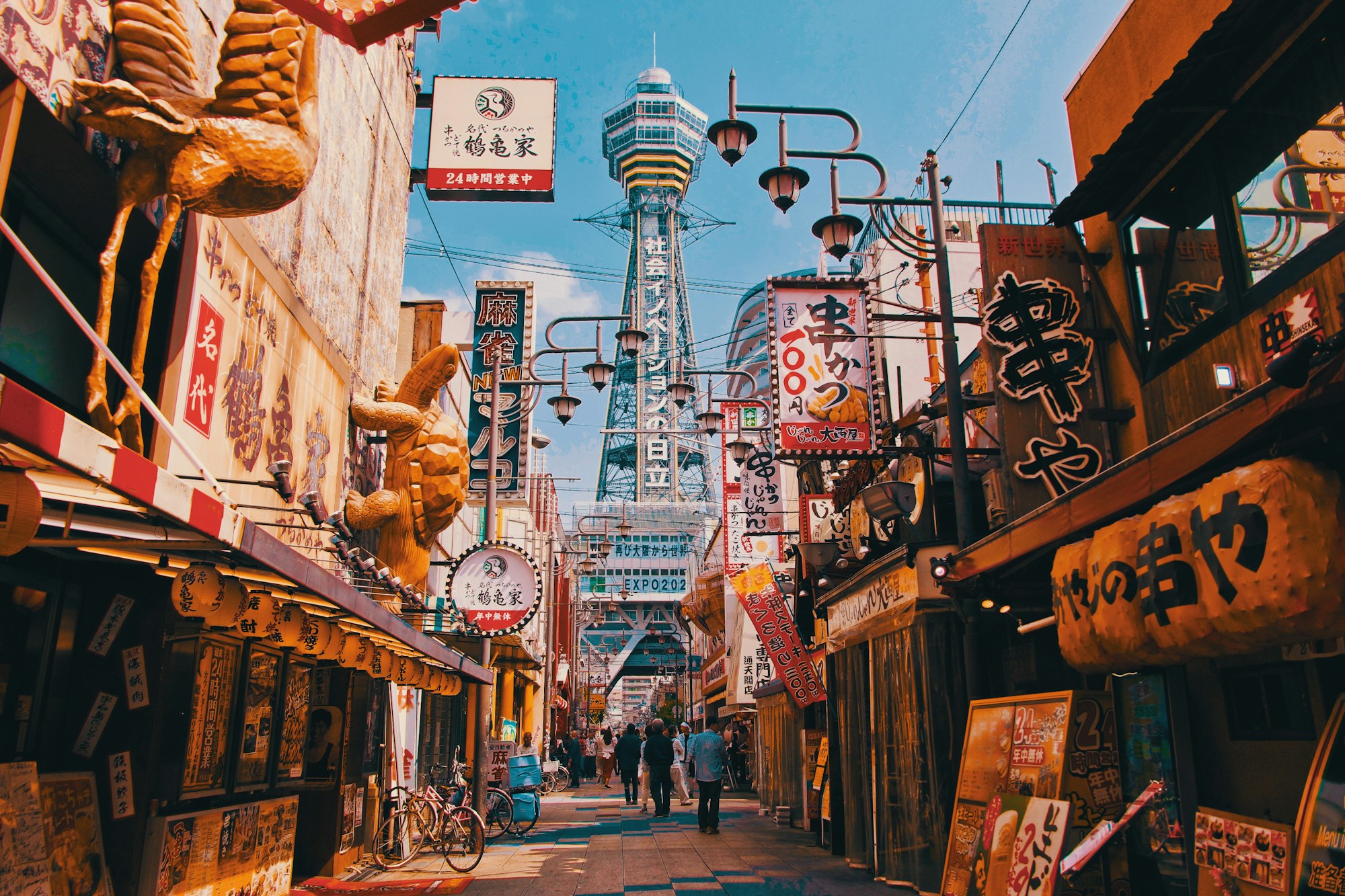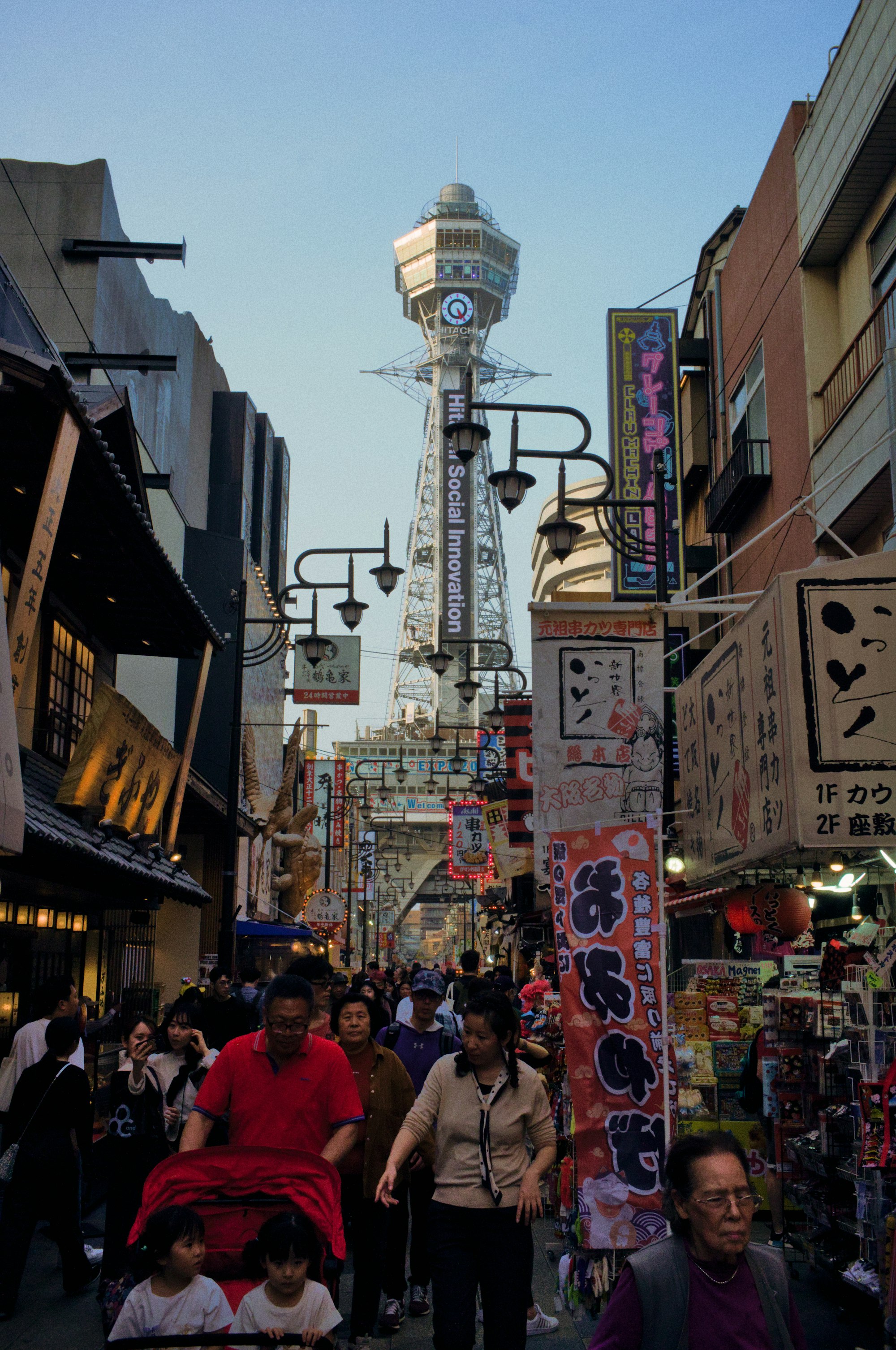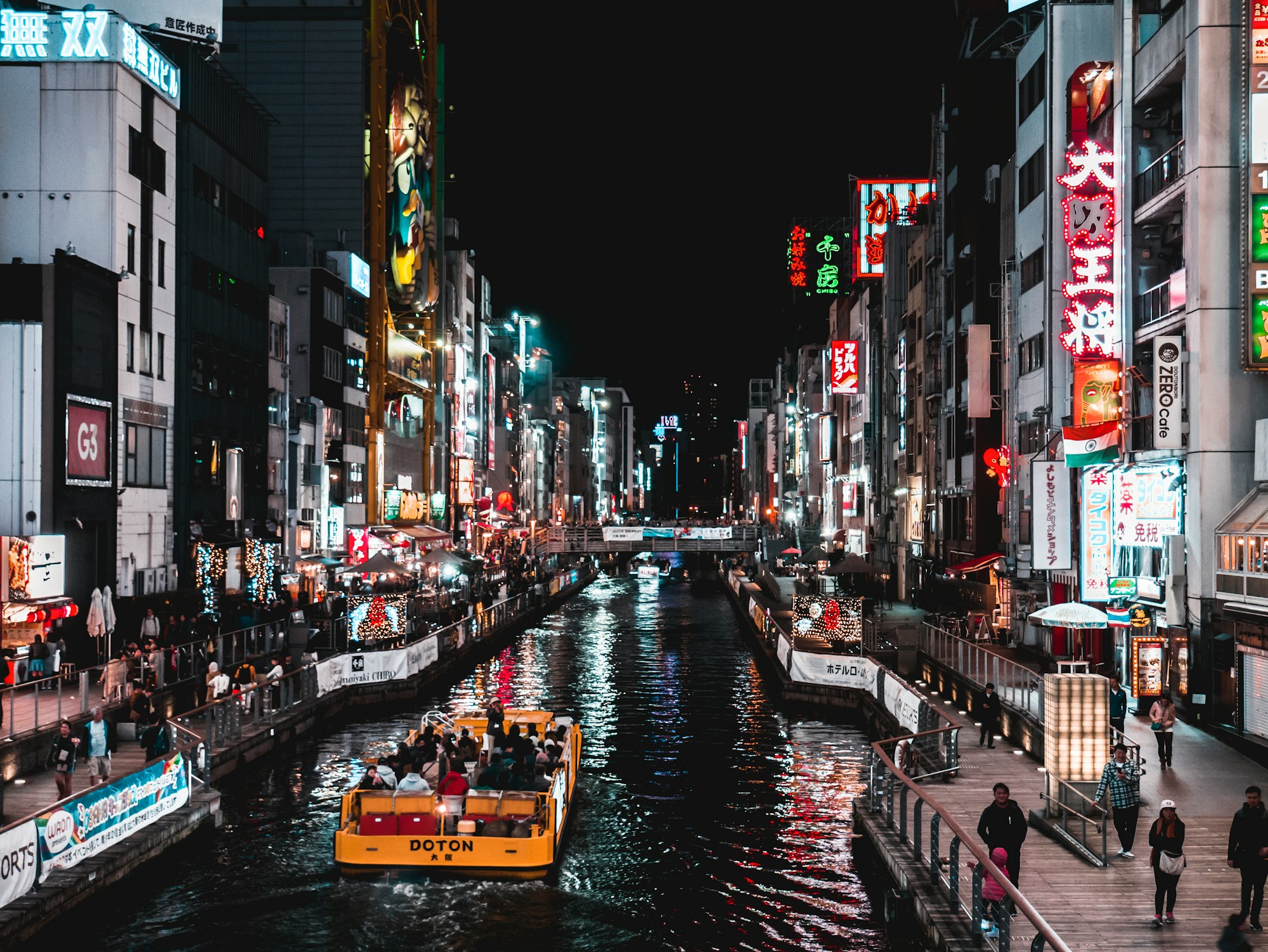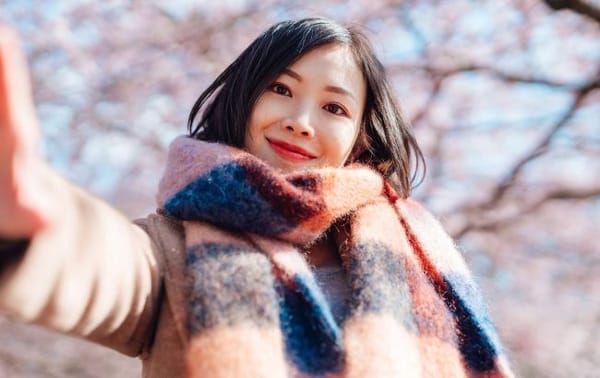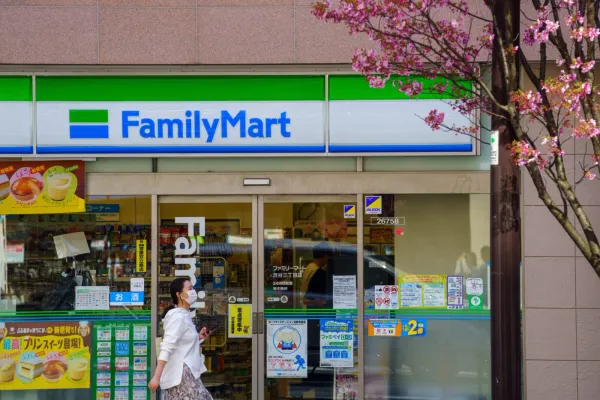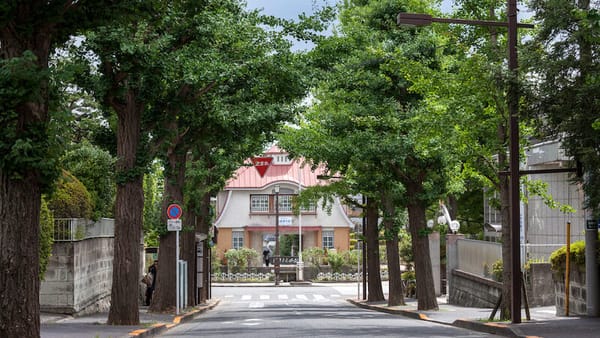Shinsekai: Osaka’s Unpolished Old-School Side
Where kushikatsu, neon, and old Osaka spirit meet — raw, retro, and full of soul.

Step into Shinsekai — Osaka’s loud, retro district where history, street food, locals, and neon collide in all their messy, human charm.
The Neighborhood That Time Didn’t Tame
If Dotonbori is Osaka’s dazzling stage, Shinsekai is the backstage — scruffy, smoky, human. Literally meaning “New World,” Shinsekai was once imagined as Japan’s utopian cityscape. Today, it’s something else entirely: a time capsule of working-class dreams, postwar resilience, and unapologetic eccentricity.
This isn’t a neighborhood you visit for sleek cafés or curated experiences. It’s where you go to feel something real — whether that’s a bowl of deep-fried kushikatsu, a shout from a local shopkeeper, or the soft glow of neon on cracked pavement. Shinsekai may be Osaka’s most misunderstood district, but that’s exactly what makes it unforgettable.
1. A ‘New World’ Modeled After Paris and Coney Island
When Shinsekai was constructed in 1912, it was Osaka’s boldest urban experiment. The southern half was modeled on Paris, complete with wide boulevards and the Eiffel-inspired Tsutenkaku Tower. The northern half borrowed from Coney Island, bringing roller coasters, light shows, and a Western-style amusement park called Luna Park.
It was modern. Dazzling. Aspirational. A city within a city.
But Japan’s 20th-century turbulence — war, economic downturns, social shifts — left Shinsekai suspended in time. It’s no longer the “new world” it once imagined. And yet, somehow, that’s its greatest charm.
2. Where Kushikatsu Was Born (and Still Costs Under ¥1,000)
Forget Michelin stars. Shinsekai is all about kushikatsu — skewered and deep-fried everything. Lotus root, cheese, beef, even bananas. The dish was invented here in the 1920s as an affordable meal for laborers.
Most restaurants still follow the golden rule: No double-dipping in the shared sauce pots.
Eat standing up or squeeze into narrow booths plastered with hand-written menus. You’ll find no-frills joy in every crunchy bite — especially with an icy beer in hand. Tip: Try Daruma or Yaekatsu for a classic kushikatsu experience. Expect queues, but the turnover is quick and the vibes are lively.
3. Shinsekai Isn’t Polished — But It’s Deeply Personal
Step under Tsutenkaku and into the side streets, and you’ll enter a different rhythm. Elderly locals play shogi on folding chairs. Cats lounge on vending machines. Small bars open as early as 10 a.m., their doors wide open to sunlight and cigarette smoke.
It’s messy. It’s quiet. It’s loud. It’s real. Many shops here have been family-run for decades, surviving not by trend, but by community. The neighborhood carries the intimacy of repetition — the same customers, the same routines, the same morning greetings.
4. A Reputation That’s Slowly (and Rightfully) Changing
Shinsekai has long been called Osaka’s “sketchy” area — mostly by people who’ve never actually spent time here. It’s true that the district has a higher concentration of Osaka’s unhoused residents, and yes, it doesn’t always feel picture-perfect.
But this narrative misses the point. Shinsekai is safe, welcoming, and vibrant — a little chaotic, yes, but filled with people who look you in the eye and nod hello. In recent years, younger generations, artists, and curious travelers have begun rediscovering its value: not as a spectacle, but as a space.
A space that holds memory. Community. And a kind of urban honesty that’s vanishing fast.
5. Osaka’s Best Unintentional Art Museum
If you love design, nostalgia, or visual storytelling, walk slowly through Shinsekai with your eyes up. The shopfronts are layered with Showa-era signage: hand-painted blowfish, sumo wrestlers, neon octopuses, oversized gyoza.
No two signs are alike, and none are subtle. This is kanban culture at its loudest — oversized advertising sculptures designed to shout instead of whisper. The signs aren’t just old; they’re maintained, restored, and even passed down like heirlooms.
Photographers and urban sketchers quietly adore this district. You might, too.
6. A Gentle Neighborhood in a Rough Outline
What surprises most visitors isn’t the noise — it’s the gentleness. Yes, the buildings are run-down. Yes, the sidewalks are uneven. But people here make space for you.
Locals wave. Elders offer directions. Shopkeepers call you “nee-chan” or “aniki” like you’ve known them for years.
It’s a neighborhood that doesn’t try to impress you. Instead, it lets you settle into its rhythm — whether you’re wandering solo or people-watching with a can of coffee on a bench.
7. Shinsekai Is Osaka’s Living Archive
More than anything, Shinsekai is a place that remembers.
It remembers Osaka’s working-class roots, when food needed to be cheap and good. It remembers the postwar optimism of building something bright from very little. And it remembers how to exist without constantly updating itself to match global trends.
You don’t come to Shinsekai to consume. You come to observe, reflect, eat, and maybe — if you’re lucky — chat with someone who’s lived there long enough to remember when Luna Park lit up the night sky
How to Visit Shinsekai
- Access: Walk from Ebisucho Station or take a 10–15 minute stroll from Namba or Tennoji.
- Timing: Visit during the day for easier photography, or after sunset to see the neon signs glow.
- Dress casually — and comfortably. You’ll be walking, eating, and possibly sitting on curbside stools.
- Be mindful when taking photos, especially of people. Shinsekai is home first, attraction second.
- Explore JanJan Yokocho, a covered alleyway filled with cheap bars, retro snacks, and tiny game arcades.
The Last Honest Neighborhood in Osaka
Shinsekai isn’t “authentic” in the curated, buzzword way. It’s authentic in the way a lived-in kitchen is — a little greasy, a little noisy, and absolutely full of stories. It’s not always easy to photograph, and it may not charm you instantly.
But if you walk without judgment, Shinsekai will speak to you.
About food. About resilience. About what’s left when a city stops performing and just lives.
If you loved this guide, we’d love to keep wandering with you. Follow us on Instagram @coulecte and YouTube @coulectejapan, or sign up for our email newsletter for more soulful travel stories, slow escapes, and culture-rich guides.
